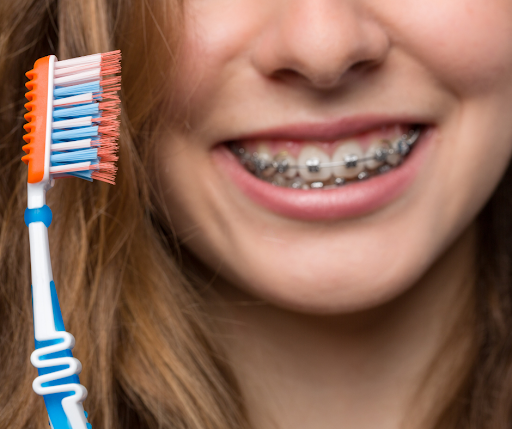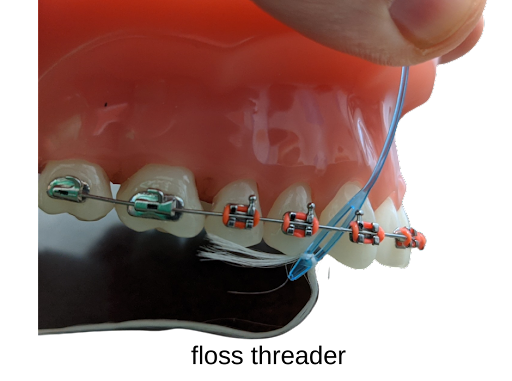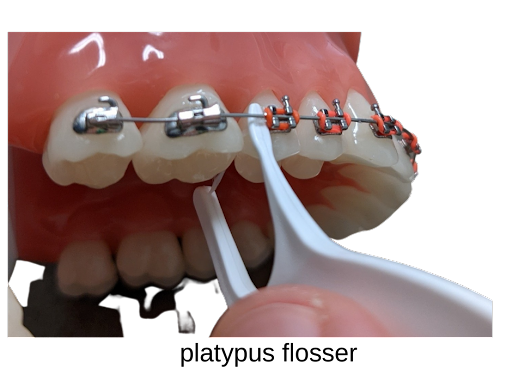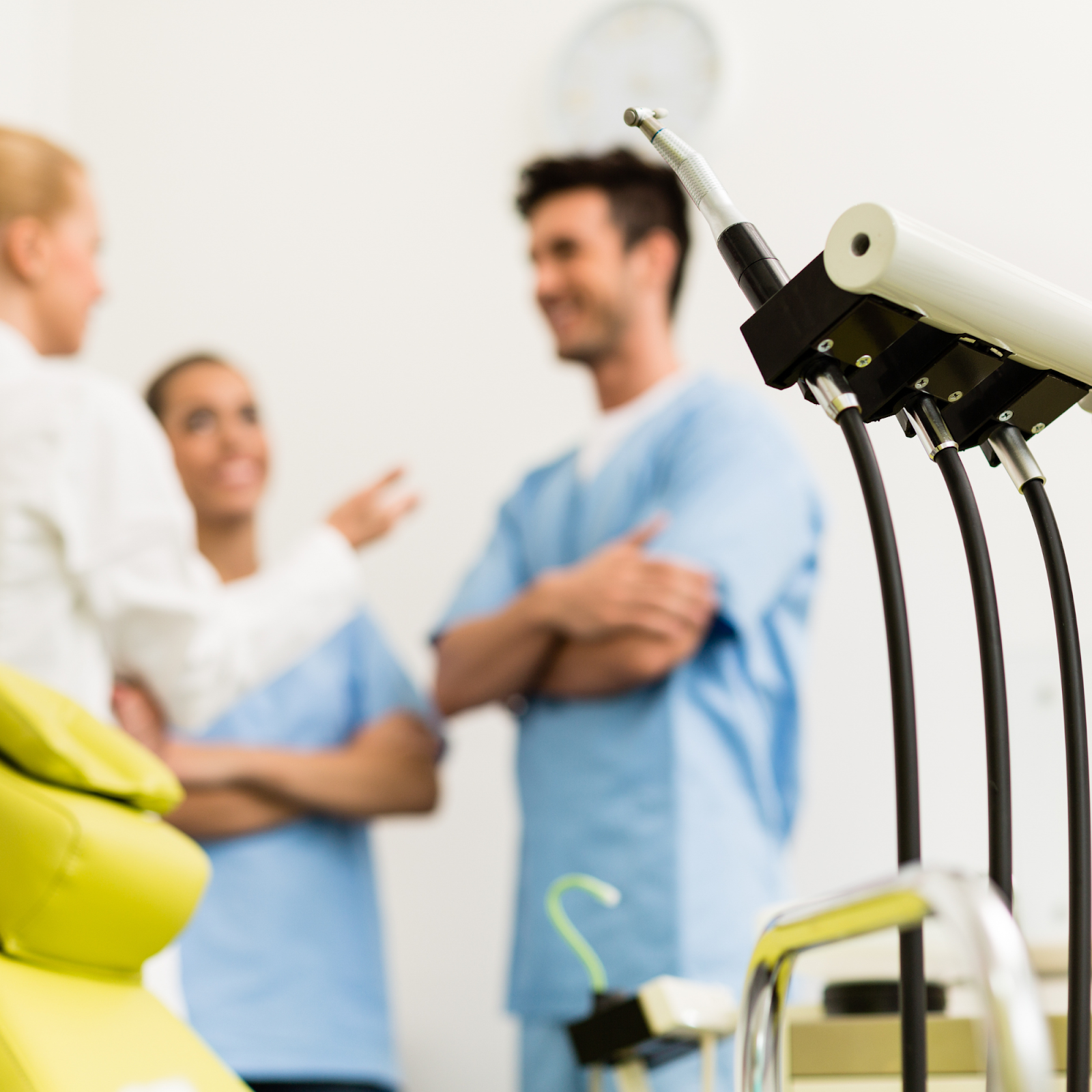Maintaining the health of your teeth throughout the process of orthodontic treatment is paramount to achieving a beautiful result. Here we’ll discuss in detail how to take care of your smile at home in between appointments to your orthodontist’s office.
Getting Started
Just like an artist, your orthodontist will want a canvas that is primed and prepared for his work. Good orthodontic practice starts with a thorough assessment of the condition and health of the patient’s mouth. At your very first visit to the orthodontist, your doctor will evaluate your dental health to determine if cleaning or restorations, such as fillings, are required first to get things healthy. If you are up to date on your dental cleanings, and everything is in good condition, the journey can begin.
Brushing
Cleaning your teeth during treatment is much the same as you normally would, but somewhat more involved. You should brush your teeth at least twice a day and ideally after meals as well. There are special toothbrushes designed for use with traditional brackets, but any regular toothbrush will get the job done. Be sure to brush both above and below the bracket, as well as all other surfaces of the teeth. Use small, sweeping motions from the gum down to a 45 degree angle towards the bracket. It’s important to spend enough time brushing to ensure all plaque is removed from the teeth. Your orthodontist’s office should provide you with a hygiene pack that includes a small hourglass that keeps count for 2 minutes (30 seconds in each quadrant of the mouth) to ensure you are brushing for long enough. One helpful step is to check out your teeth and braces in the mirror to make sure there are no visible plaque or food remnants. One of the benefits of clear aligners is that hygiene is much more straightforward. Brushing should be performed morning, night, and before replacing trays after meals. Keep your trays clean by rinsing them after meals and cleaning them regularly with soapy water or cleaning tablets. This helps keep bacteria from growing and keeps your teeth clean and healthy during your treatment.
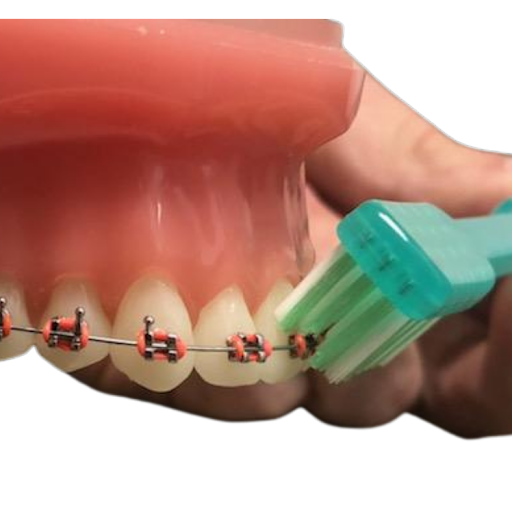
Flossing
As if regular flossing wasn’t difficult enough for people to make a habit, sorry to say, flossing with braces is even trickier. Regardless, flossing is so important to keep your gum tissue healthy while in braces. Your orthodontist’s office will supply you with instructions and special tools, such as floss threaders and platypus flossers, to help maneuver the floss underneath wires and around braces to keep your gums clean and free from swelling and inflammation. Water flossers are also a good option for those who find they are not maintaining a good flossing regime with traditional floss. Flossing with aligners is easy as you simply remove aligners and floss as usual.
Eating
Obviously, having traditional braces places some limits on what you can eat. You shouldn’t be biting down directly onto brackets on hard things like apples, ice, or crunchy baguettes. However, this doesn’t mean that these foods are off the table. Cut hard or tough foods into small bites and chew on your back teeth to avoid excessive pressure on the brackets. Sticky foods like gum, taffy, and caramel can stick to braces, but in general, as long as you are willing to take extra time and effort to clean these kinds of food from your teeth and braces, they aren’t forbidden, at least at Dr. T’s office.
You’re probably going to be in treatment for a while, so at Red Leaf, we say instead of avoiding a certain food the entire time because you aren’t sure, go ahead and try it out to see what happens. If it breaks off a bracket, you can come get it fixed and then mark that food off the list.
Wire or Bracket Issues
From time to time, you may have issues with braces such as brackets that come off, or wires that disengage and poke the cheek. You can troubleshoot these problems at home until you can get to the office. Get help from a friend to cut a poking wire with a pair of nail clippers or wire cutter. If you’re unable to cut the wire, use dental wax to cover it until you can make it in. Brackets that come off are usually not an urgent issue unless it causes an uncomfortable wire poke. This can be fixed at your next adjustment visit or schedule an urgent visit at your convenience to get it fixed sooner.
Discomfort
When you first get your braces on, you may have some soreness. We like to describe it as doing 200 push-ups after having never done them before. The muscles and ligaments around your teeth have never done this much work, so there will be a period of soreness and adjustment just like after a hard workout. Just as with regular fitness, you will acclimate over time and won’t be as uncomfortable after adjustments. During this initial period, you may want to stick to softer foods because tougher foods can be uncomfortable to bite into. You may use regular OTC pain meds if needed. If you have places of irritation from brackets or aligners, they can be eased with dental wax placed over the problem area until your lips and mouth get used to these spots. Aligners are designed to be seamless, but if there is an area of friction, you can use a nail file to smooth any roughness.
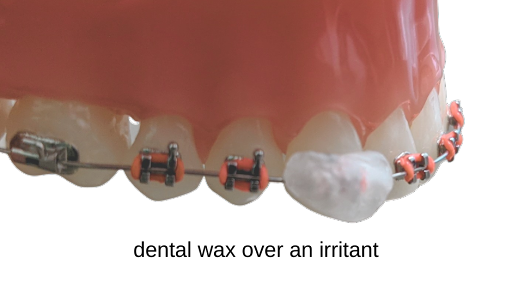
Safety
Having traditional braces increases the risk of oral injury if you are hit in the mouth. For those involved in contact sports, special mouthguards can be made to cover both the teeth and braces. This will cushion any blows and prevent trauma to the lips and mouth from the brackets and wires. These mouth guards can be made at your orthodontist’s office or from a take-home kit you can buy over the counter.
A Healthy Smile
Your orthodontist will be monitoring your hygiene and evaluating the health of your teeth and gums at each and every visit. If there is a lapse in keeping things properly clean, your doctor will guide and advise you on missed spots or encourage better efforts. Decay takes time, so your doctor can guide you to better hygiene long before this happens. Dr. T enjoys his work and takes pride in revealing a beautiful smile at the end of treatment. However, the health of your teeth is the most important thing of all. He will do everything he can to support your hygiene during treatment but ultimately the responsibility is yours. In the very worst case scenario, if braces are a hindrance to your dental hygiene, they will have to be removed as they are not worth risking the health of your smile. When your braces come off, we want those teeth straight, healthy and beautiful!

